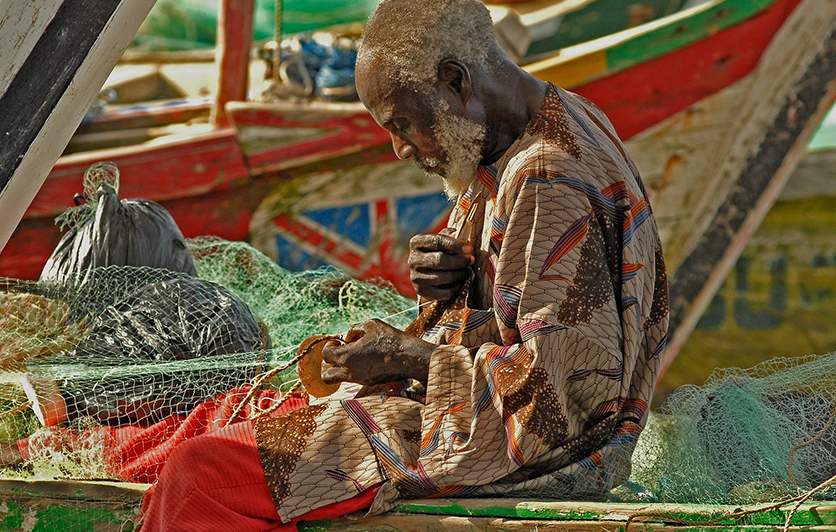-
Home
- Home Angel Ceron Artisan Association
- Angel Ceron Artisan Association

Angel Ceron Artisan Association
<b>Latest Update</b><br><br>"I've been working hand-in-hand with you since 2003. It was my nephew, Eduardo Escamilla, who suggested this, and I found the project to be spectacular. As you may know, I'm an engineer by profession but I feel an overwhelming passion for our pre-Hispanic cultures. This is what led me to create my own representations of the deities from our past. This has been a process in which, together with my family, we've continuously perfected our designs and this is also because I love perfection.<br><br>"Thanks to all of you, I was able to become more independent and offer work to more families who assist me. Together with my nephew Eduardo, I've increased the number of designs so that our collection shows a wide range of sculptures.<br><br>"One of the most significant challenges I've had to face was my battle with cancer. Unfortunately, it's come back even more intensely, but every member of my family has always been with me. Sadly, my cancer is terminal now, and my family is always by my side.<br><br>"Today, my health prevents me from looking after each detail of my work, as I always used to. But the artisans who assist me in the workshop are some of the finest talents in Mexico."<br><br>The Angel Ceron Artisan Association is composed of Milton Gonzalez, Emilio Espejel, Brian Gonzalez, Isaac Espejel, Adrian Gonzalez, Josefina Claudio, Jorge Esparza, Saul Landon, Mauricio Hernandez, Guadalupe Lopez, Magdalena Torres, and Erick Contreras. Everyone is charged with a type of sculpture and specializes in a particular technique.<br><br><b>Original Artisan Story</b><br><br>Angel Ceron comes from a family with generations of artisan experience. He learned the family ceramic techniques from his father, Antonio Ceron Orta, a renowned artisan. Angel began a long study of Mexico's pre-Hispanic cultures and learned the Nahuatl language spoken in ancient Mesoamerica.<br><br>First the proper materials must be acquired. Ceron uses clay from northern Oaxaca state, the only clay of this kind in Mexico and perhaps in the world. The unique characteristics of this yellow clay make it ideal for molding. It dries evenly and is especially hard, thus it is resistant to impact and can withstand very high temperatures.<br><br>The clay is ground in a mill, deposited in tubs of water and stirred constantly until it acquires a homogeneous consistency. This step can take hours. Left to stand for three days, it remains a thick liquid. Ceron strains it and lets it repose one more day, although during the winter this is hard work, performed in the open air. The blocks are divided into smaller portions and dried in the sun for several hours. Only a qualified artisan can determine when the clay has reached the proper consistency. Then it is kneaded by hand, much as one kneads bread dough, and again it is the skilled artisan who can tell when it is ready to be worked.<br><br>Ceron then begins to shape his sculptures, some more complex than others. The details are created totally by hand and some figures are so complicated that they are absolutely unique or part of limited editions. Each piece is modeled by hand and the artisan's talent is a crucial factor.<br><br>Once shaped, the sculptures dry as long as needed, some for as long as a week. They must dry in the shade because the clay might split and crack in the sun. Once dry, they are adorned with mineral pigments and high-fired at temperatures of up to 2,327th F for eight to twelve hours, depending on the season (the kilns are located outdoors). After firing, the pieces need to stand for six hours, cooling gradually.<br><br>Finally, they receive a bath of earth to give them their unique antique effect, which features slight cracks.<br><br>Now that I'm retired, I can dedicate my time to my great passion - representing my pre-Hispanic cultural heritage, Ceron says.


